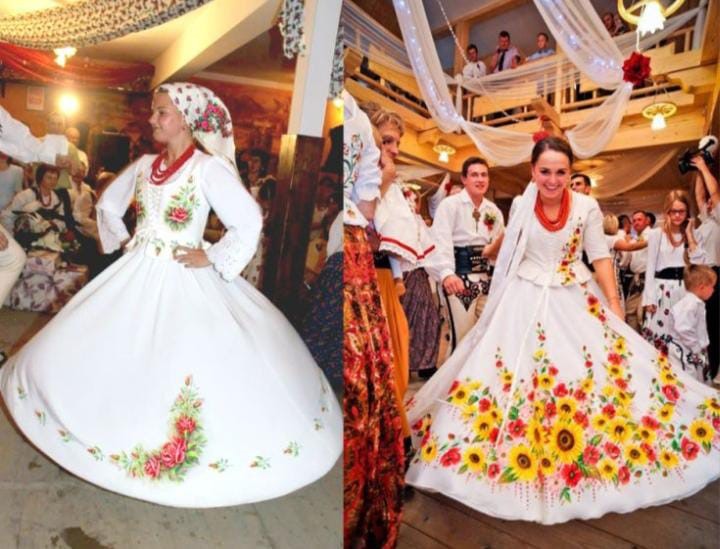As a predominantly Muslim country, Turkey’s dress code is influenced by Islamic culture, customs, and values. Dressing appropriately and modestly is highly valued in Turkey, especially in religious settings or conservative environments.
For women, the traditional dress code is the headscarf or hijab, which covers the hair, ears, and neck, and is worn as a sign of respect for Islam. Women may also wear long, loose-fitting clothing that covers their arms and legs, avoiding tight or revealing clothes. However, in more modern cities like Istanbul, dress codes are less strict, and women can wear Western clothing like jeans and shirts, though revealing clothing is still frowned upon in public.
Men’s clothing is more westernized and less strict than women’s clothing. In more conservative areas, men may wear traditional clothing like baggy pants and a long tunic-like shirt called a kaftan. However, in urban areas, men wear modern clothing such as jeans and shirts or suits and ties.
In public areas, Turkish people usually dress conservatively, with a focus on modesty and respect for cultural and religious values. However, in tourist areas, people may dress more casually, wearing shorts and t-shirts.
In conclusion, Turkey’s dress code is influenced by Islamic culture, customs, and values, and dressing appropriately and modestly is highly valued in the country, especially in religious settings or conservative environments. However, in more modern cities like Istanbul, dress codes are less strict, and Western clothing is acceptable.





